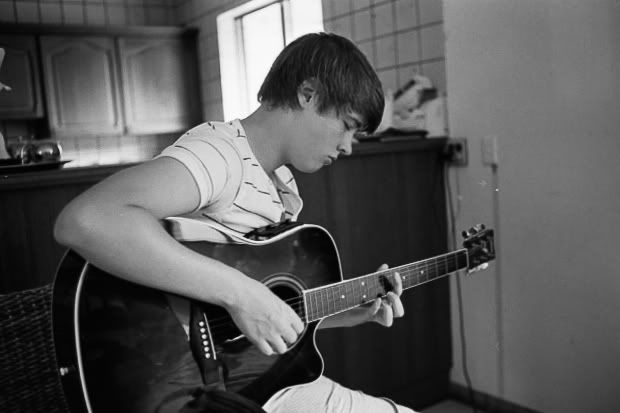gavinlg
Veteran
http://www.youtube.com/watch?v=AgOTk4ApEYs
I thought this was VERY clever! I realize digital rev didn't invent the idea of doing it with your DSLR, but I'm definitely going to have a try of this!
I might even have a go, and compare the result with some scans from my v600 flatbed! Anyone else want to have a comparison crack?
In addition, (if it works as well as I hope) I might finally have an excuse to get that zeiss ZE 100mm f2 makro-planar I've been pining for recently!
I thought this was VERY clever! I realize digital rev didn't invent the idea of doing it with your DSLR, but I'm definitely going to have a try of this!
I might even have a go, and compare the result with some scans from my v600 flatbed! Anyone else want to have a comparison crack?
In addition, (if it works as well as I hope) I might finally have an excuse to get that zeiss ZE 100mm f2 makro-planar I've been pining for recently!
Last edited:



